The Sintra Guided Visit to the Capuchos Convent offers a rare glimpse into the austere lives of the Capuchos friars. Visitors explore the secluded convent’s dimly lit grottos and spartan cells, learning about the friars’ vow of poverty, vegetarian diet, and encounters with mysterious forces that tested their unwavering faith. Enriched by historical chronicles, this tour provides a unique perspective on the remarkable blend of life and death, faith and healing that defined the Capuchos’ ascetic existence. Whether seeking spiritual enlightenment or simply intrigued by the convent’s dark past, those who embark on this guided visit are sure to be captivated by the Capuchos’ extraordinary story.
Key Points
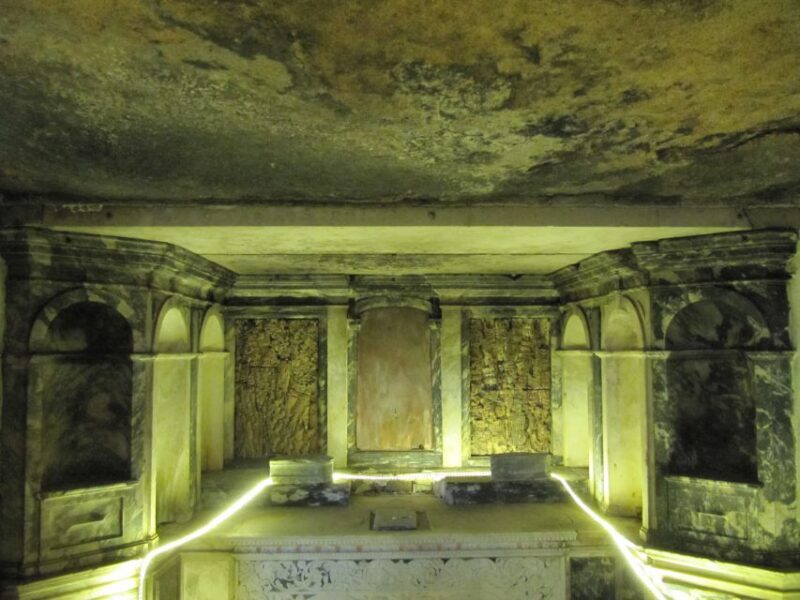
- Explore the small, cramped cells and dimly lit grottos of the Capuchos Convent, designed for austerity, solitude, and spiritual contemplation.
- Discover the unique ascetic practices and rituals of the Capuchos friars, including their vow of poverty, vegetarian diet, and communal living.
- Learn about the Capuchos friars’ encounters with the Devil, as recounted in historical chronicles, which were viewed as tests of faith.
- Witness the Capuchos friars’ dedication to medicinal plant processing, using traditional methods to create tinctures, ointments, and elixirs.
- Participate in a guided tour led by historians, who share insights from ancient religious chronicles about the convent’s spiritual history and architectural features.
Mysterious Grottos and Cells
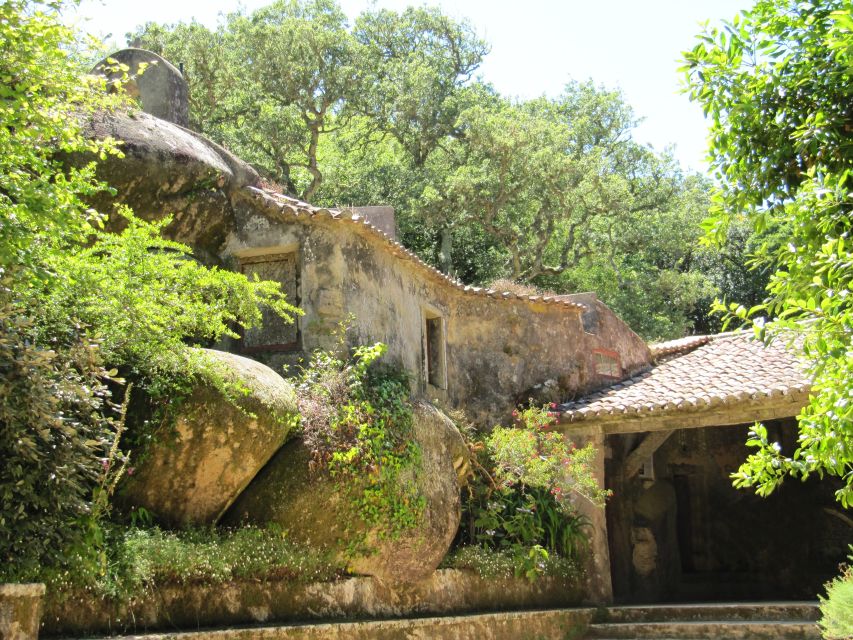
The Capuchos Convent is home to a series of mysterious grottos and cells that were once occupied by the Franciscan friars who lived there.
These spaces were designed to promote a life of austerity, solitude, and spiritual contemplation. Visitors can explore the small and cramped cells where the friars slept, as well as the dimly lit grottos where they’d retreat for prayer and meditation.
The convent’s architecture and layout were intended to strip away worldly comforts, forcing the friars to focus solely on their religious devotion.
These unique spaces offer a glimpse into the unusual habits and practices of the Capuchos friars, who sought to remove themselves from the distractions of the outside world.
Loving the local insights? Here are more guided experiences we recommend in Sintra
Friars’ Unusual Habits
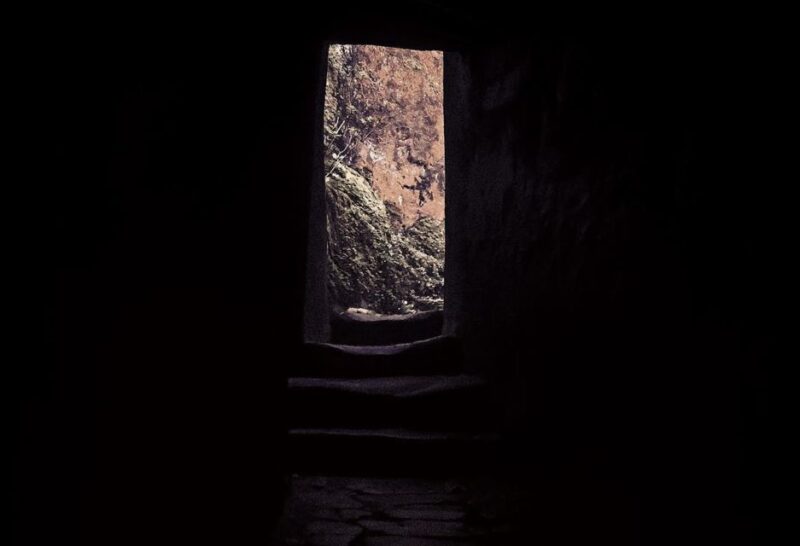
Along With the mysterious grottos and cells, the Capuchos Convent is also known for the unusual habits and practices of the Franciscan friars who once called it home. From their strict vows of poverty and abstinence to their peculiar living spaces, the friars led a life vastly different from the typical monk.
| Friar Habit | Description |
|---|---|
| Poverty Vow | Friars owned no personal possessions and lived in small, spartan cells. |
| Abstinence | Friars adhered to a vegetarian diet, eating only plants foraged from the surrounding mountains. |
| Cell Design | Cells were intentionally small, measuring just 6×6 feet, to discourage comfort and encourage contemplation. |
| Communal Living | Friars shared communal spaces like the refectory, gardens, and chapels, further limiting privacy. |
| Silence | Friars were expected to maintain silence for most of the day, speaking only when necessary. |
Devil Visitations
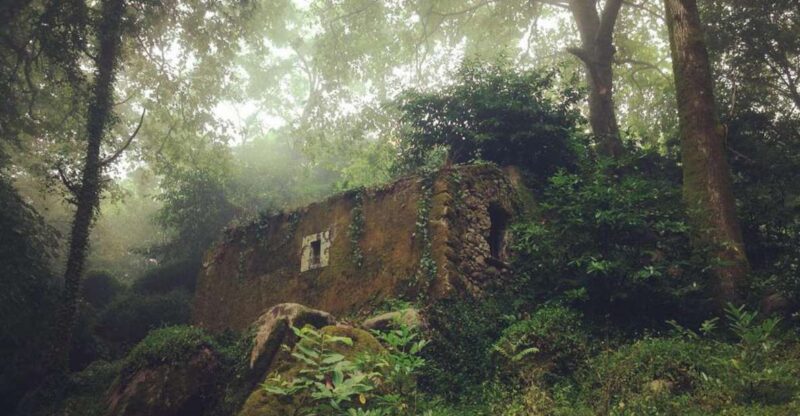
According to the historical chronicles, the Franciscan friars at the Capuchos Convent were said to have experienced frequent visitations from the Devil himself.
The remote and solitary nature of the convent, nestled deep in the Sintra Mountains, was believed to have attracted the attention of dark forces.
The friars recounted tales of hearing strange noises, seeing mysterious shadows, and even encountering the Devil in physical form.
These encounters were seen as tests of the friars’ faith and devotion, driving them to intensify their prayers and ascetic practices.
The stories of the Devil’s presence add an air of mystery and spiritual intrigue to the convent’s history, captivating visitors to this day.
Medicinal Plant Processing
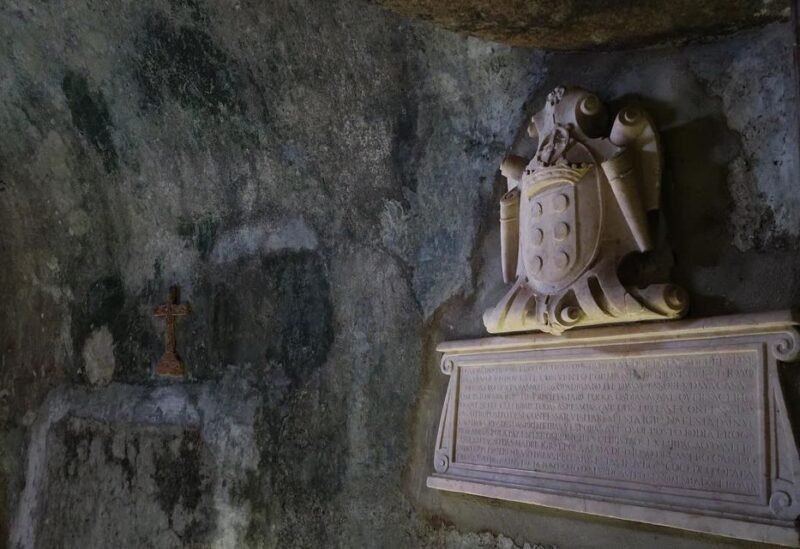
Within the secluded walls of the Capuchos Convent, the Franciscan friars meticulously processed the medicinal plants harvested from the Sintra Mountains.
They used traditional methods to extract the therapeutic properties of these herbs and flowers. Drying, distilling, and compounding were essential steps in creating the tinctures, ointments, and elixirs that served the friars’ medical needs.
This self-sufficient community relied on the knowledge and skills passed down through generations to produce their own remedies.
The convent’s apothecary was a testament to the friars’ dedication to holistic healing, blending spiritual and natural elements to care for both body and soul.
More Great Thing To Do NearbyHistorian’s Religious Chronicles
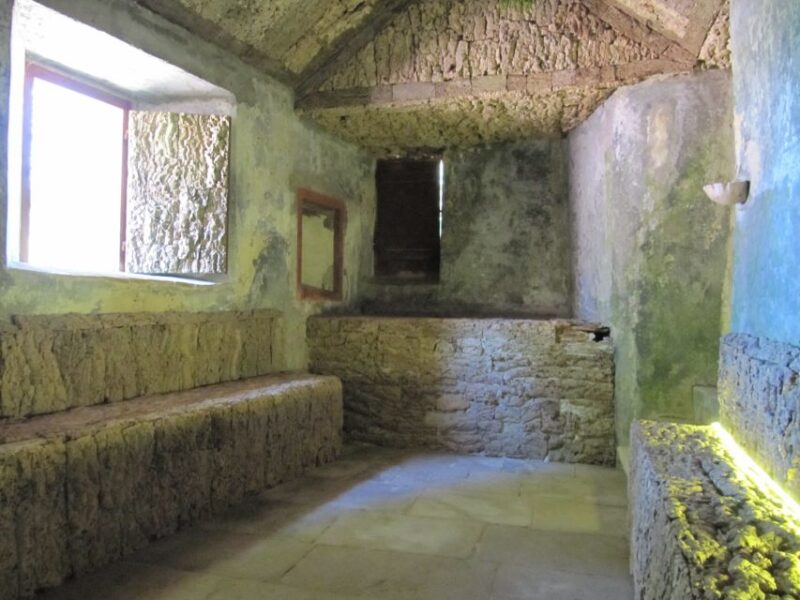
The historian leading the guided tour at the Capuchos Convent draws from a wealth of knowledge gleaned from ancient religious chronicles.
Regaling visitors with tales of the convent’s past, the historian recounts:
- Accounts of Devil visitations that plagued the friars, testing their devotion
- Detailed descriptions of the friars’ unusual ascetic practices and rituals
- Excerpts from chronicles documenting the convent’s role in medicinal plant cultivation and processing
Through these captivating narratives, the historian provides a window into the spiritual world that once thrived within the convent’s mysterious corridors and cells.
- Sintra Tour in Talking-Car With GPS Audio Guide
- E-Car Self Guided Tour / Regaleira / Monserrate / Cabo Da Roca
- Private Day Tour Sintra From Lisbon – Palaces of Pena & Regaleira
- Sintra Rural & Coast Jeep Adventure
- Sintra EXCLUSIVE Private Day Trip by Car With a Private Guide
- Private Getaway in Sintra – Through the Hills to the Coast
Pickup and Transportation
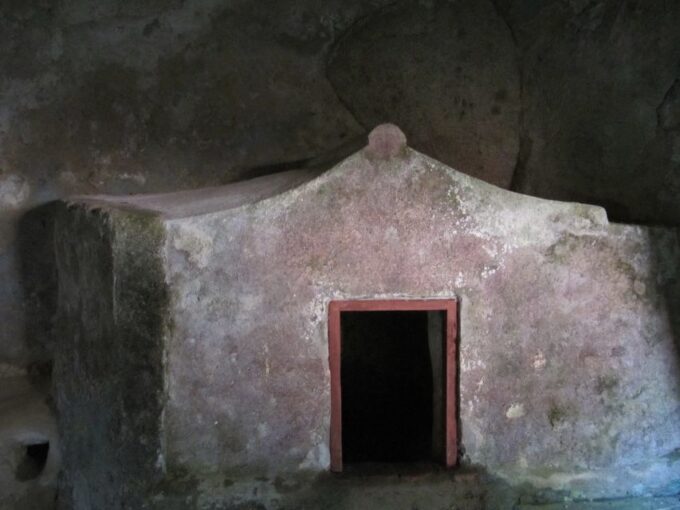
The tour participants are picked up at the main entrance of Sintra train station, where they look for the guide holding a logo or name sign.
After gathering the group, the guide leads them on the return trip to the Capuchos Convent, located in the Sintra Mountains. The journey takes approximately 30 minutes, providing ample time for the guide to share historical insights and anecdotes about the monastery.
Upon arrival, the group embarks on the guided tour, exploring the mysterious grottos, cells, and learning about the unusual habits of the friars who once inhabited this remote and secluded religious retreat.
Mobility and Accessibility
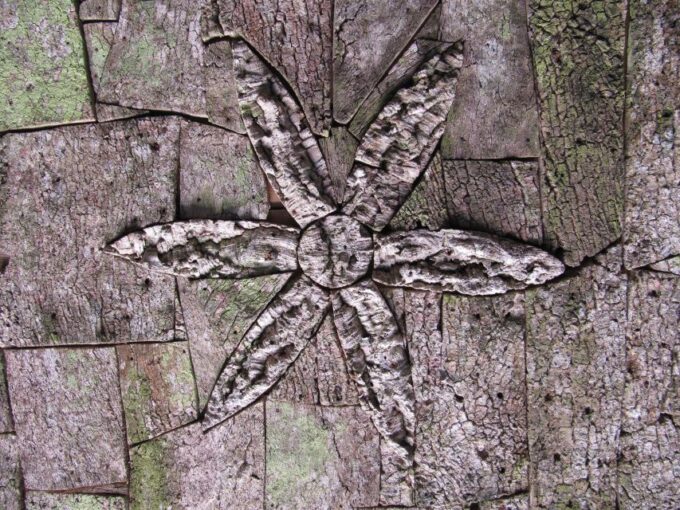
Owing to the convent’s remote and rugged location within the Sintra Mountains, the guided tour isn’t suitable for individuals with mobility impairments or wheelchair users.
The narrow, uneven paths, steep stairways, and confined spaces throughout the Capuchos Convent pose significant challenges for those with limited mobility.
Visitors should expect:
- Navigating through dimly-lit, cramped corridors and chambers
- Climbing numerous steps to reach the upper levels of the complex
- Traversing over irregular, rocky terrain outside the convent
Those with concerns about their physical abilities are advised to consider an alternative tour option more accommodating to their needs.
Visitor Expectations and Guidelines
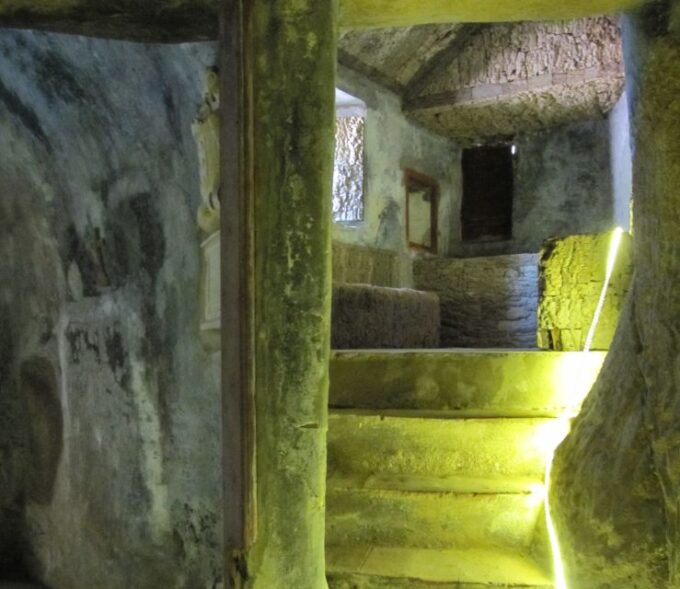
Visitors to the Capuchos Convent should come prepared for an immersive, yet challenging experience. The tour requires a moderate level of mobility, as the narrow passageways and steep stairs can be difficult to navigate.
Comfortable shoes and warm clothing are a must, as the convent’s rooms are dimly lit and chilly. Visitors aren’t allowed to bring pets or make excessive noise, as the site demands a solemn atmosphere.
Those with limited mobility or who use wheelchairs may find the experience too physically demanding. However, for those able to undertake the journey, the chance to explore the convent’s enigmatic cells and grottos, and learn about the friars’ unusual practices, promises a truly unique and enlightening visit.
Frequently Asked Questions
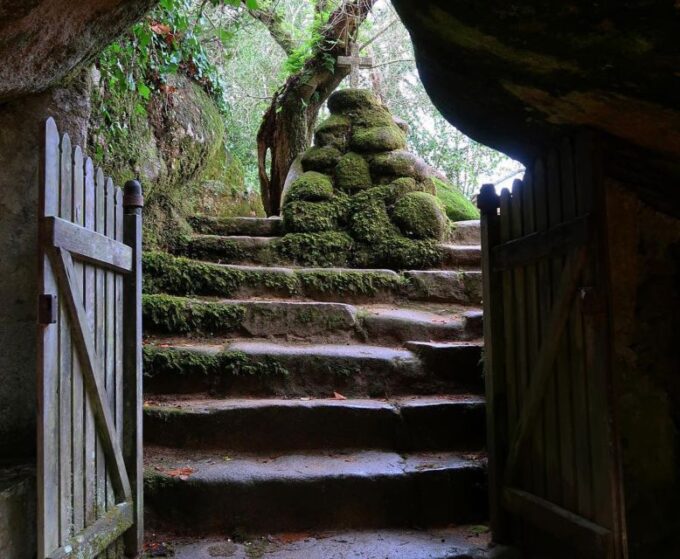
Can I Bring a Camera or Take Photos During the Tour?
Yes, visitors are generally allowed to bring cameras and take photos during the tour, though they should avoid making excessive noise or disruptions. Check with the tour guide for any specific photography guidelines.
Is the Tour Wheelchair Accessible or Suitable for Strollers?
The tour is not suitable for individuals with mobility impairments or wheelchair users. The convent’s narrow passages and uneven terrain make it inaccessible for those with mobility issues or strollers.
Are There Any Age Restrictions or Requirements for the Tour?
The tour has no age restrictions, but it’s not recommended for young children. Participants must be able to navigate uneven terrain and climb stairs within the Capuchos Convent during the 3.5-hour guided experience.
Is Food or Drink Allowed to Be Consumed During the Visit?
Food and drink consumption is not allowed during the visit to the Capuchos Convent. Visitors are advised to bring only comfortable shoes and warm clothing. The tour focuses on exploring the convent’s interior and learning about the friars’ unusual habits.
Can I Extend the Duration of the Guided Tour at an Additional Cost?
No, the guided tour duration is fixed at 3.5 hours. There’s no option to extend the tour length for an additional cost. The activity details clearly state the tour duration.
Recap
The Sintra Guided Visit to the Capuchos Convent offers a unique glimpse into the austere lives of the Capuchos friars. Visitors explore the secluded convent’s remarkable blend of faith and healing, learning about the friars’ vows, diet, and encounters with the supernatural. This tour, enriched by historical chronicles, provides a captivating perspective on the convent’s complex history of life and death.
You can check if your dates are available here:More Guided Tours in Sintra
More Tour Reviews in Sintra
- Experience Sintra, Nature, and Monuments in E-car
- Private 8h Tour: Sintra, Pena Palace, Roca Cape, Cascais
- Sintra Pena Park and Palace Skip The Line Ticket
- Hike to Sintras Highlights With a Dutch Guide!
- Private Transfers Between Lisbon and Vilamoura/Quarteira/Loulé
- Fatima’s Wonders – Religious Capital Private Tour
Not for you? Here's more things to do in Sintra we have recnetly reviewed
- 20 Best Full-Day Tours In Sintra
- 2 Best Food Tours In Sintra
- Sintra by Vintage Fiat 500 Jolly
- Visit to Colares Vineyards – Hélder Cunha Winemaker
- Cascais and Sintra Tour, Lunch in a Local Restaurant
- Cascais: Hiking in Sintra-Cascais Natural Park
- Private Day Tour From the Centre to the Highest Point in Sintra.
- 1 Hour Private Sintra Sightseeing Tour by Renault 4L
- Half-day Sintra Jeep Safari
- 3 Leg Private Transfer : Lisbon to Algarve to Porto to Lisbon
- Sintra National Palace E-Ticket With Audio Guide
- Private Tour to Pena Palace in Electric Vintage Car
